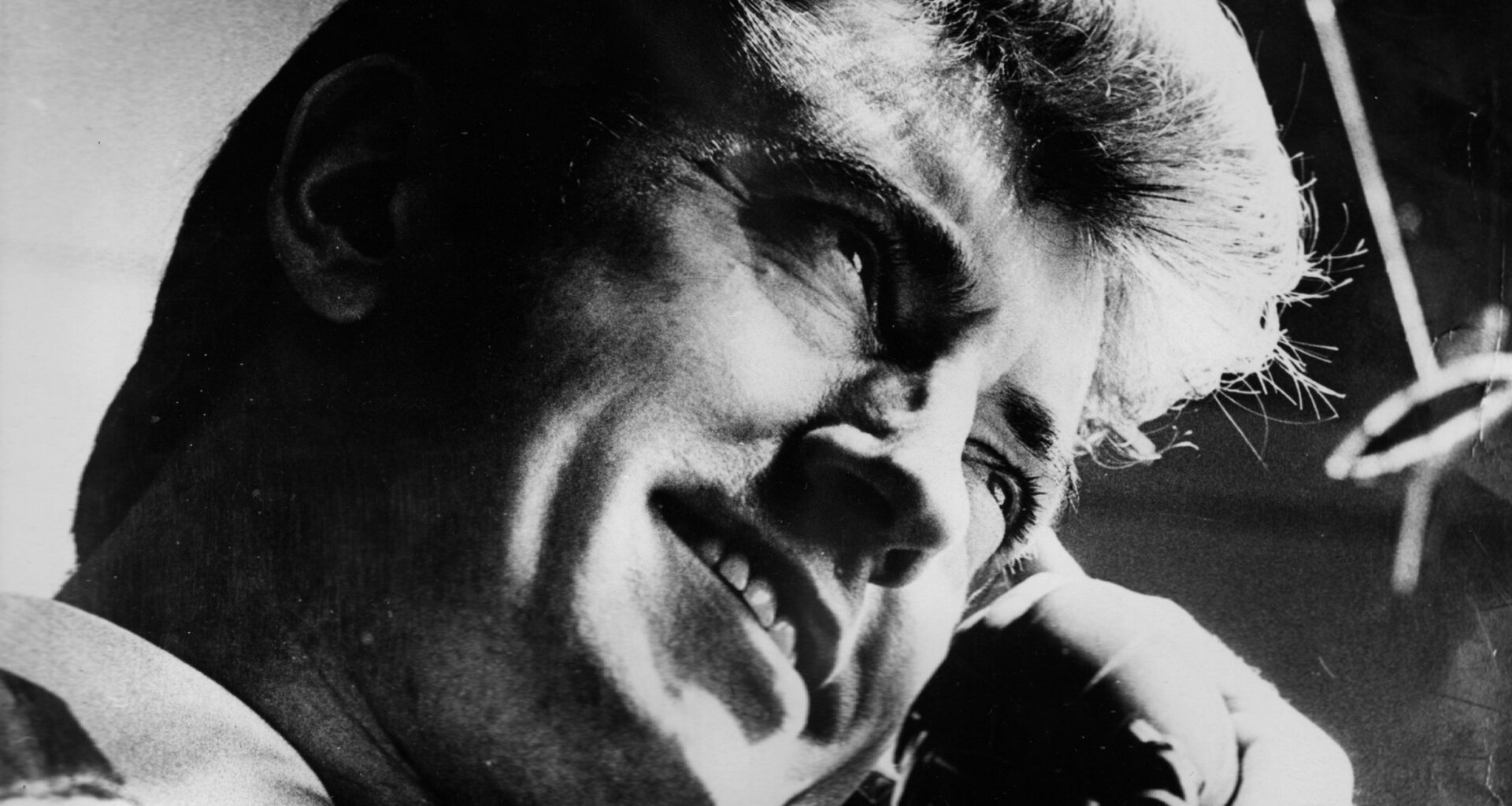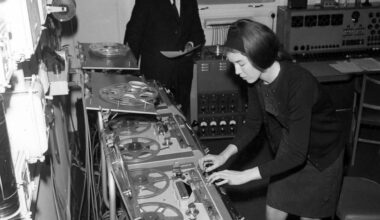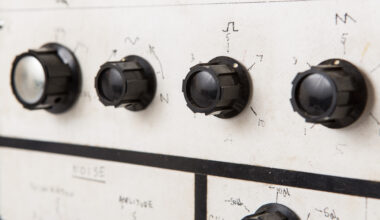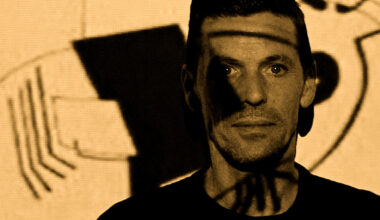Hidden away for decades, Joe Meek’s near-mythical “tea chest tapes” have finally seen the light of day, revealing much about the working practices of the legendary producer responsible for The Tornados’ pioneering, electronically hued 1962 single, ‘Telstar’
Want to read more?
Sign up to Electronic Sound Premium to gain access to every post, video, special offers, and more. 100%, all you can eat, no commitment, cancel any time.
Already a premium member? Log in here






